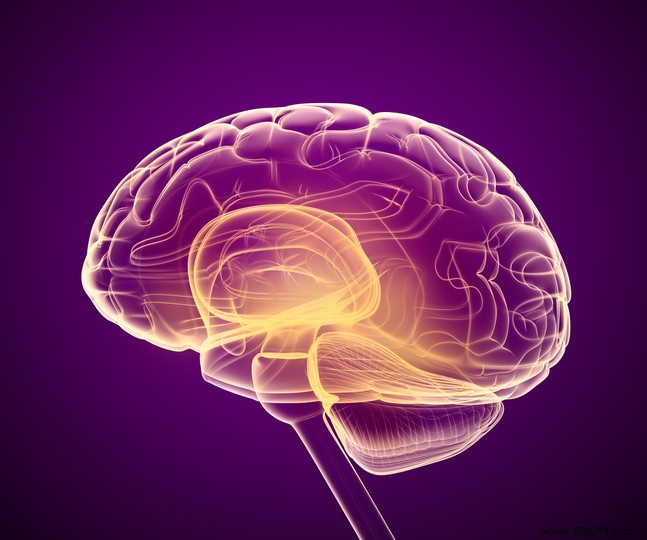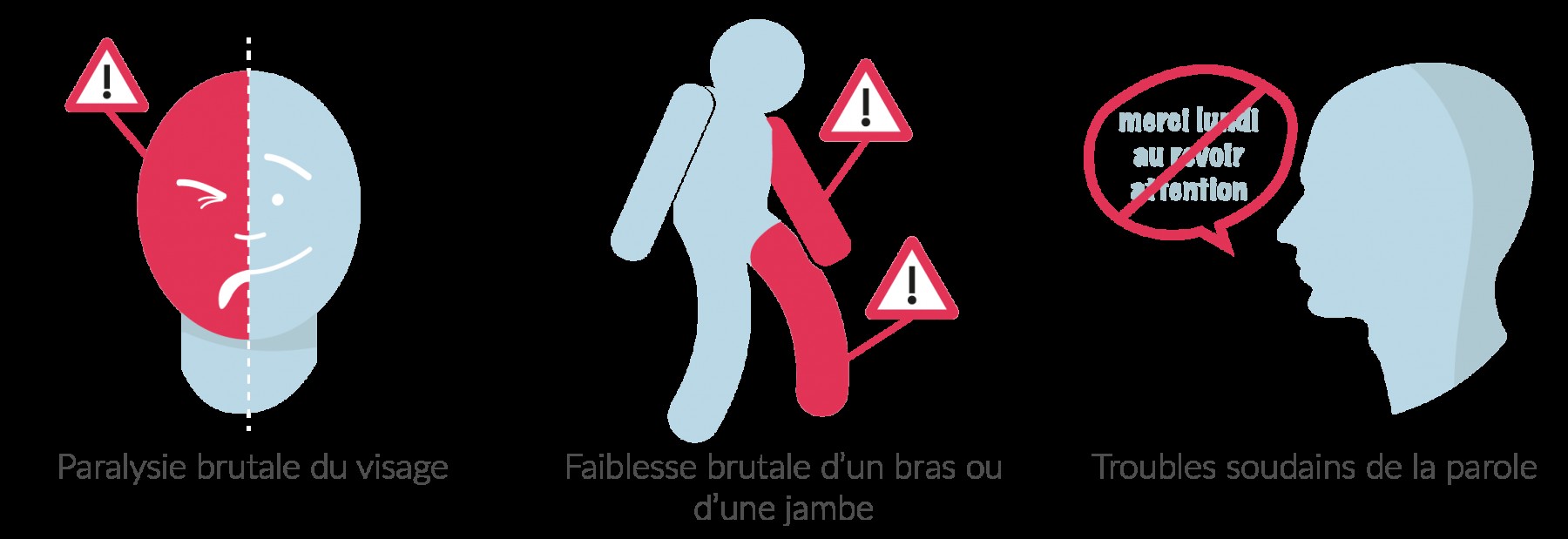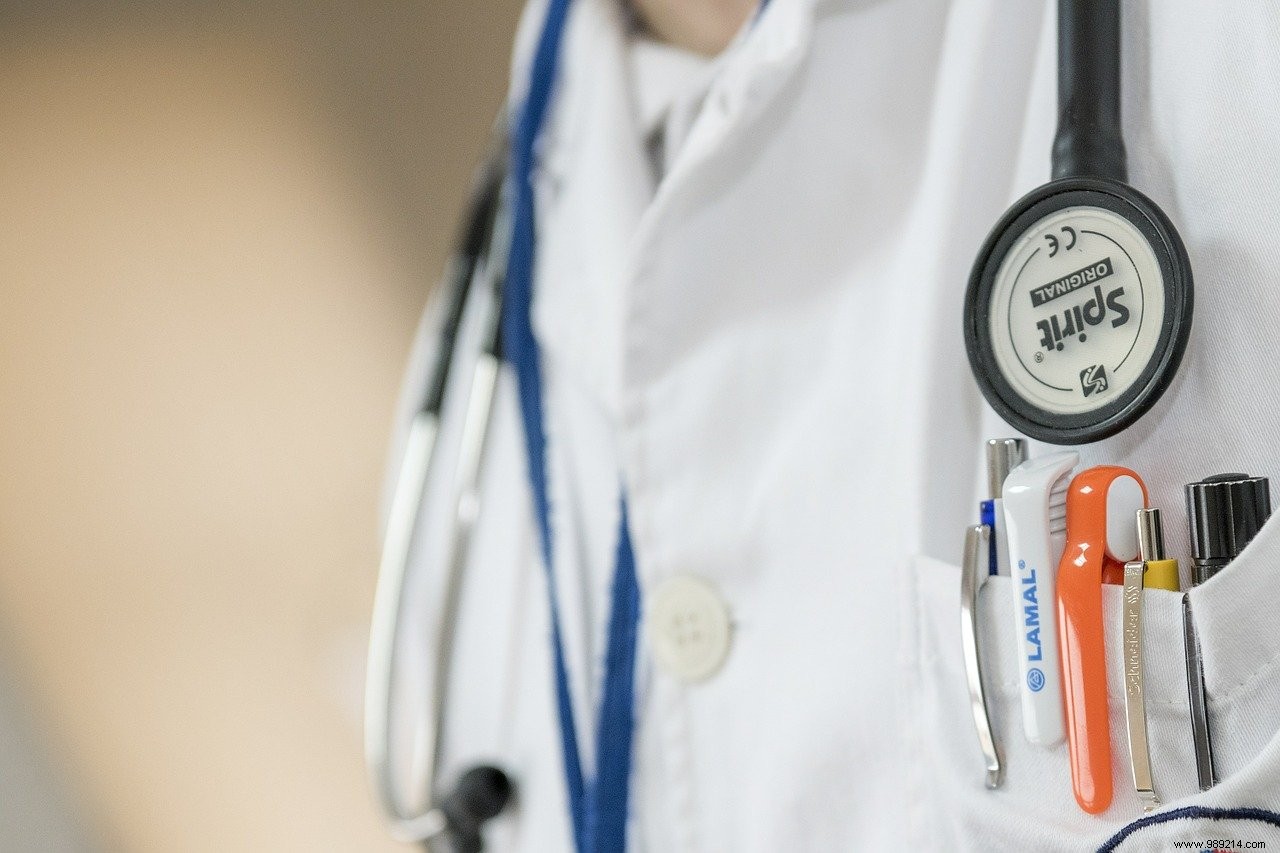The human body is an incredibly complex machine, but its complexity also makes it vulnerable to harm. Among them is stroke, one of the leading causes of death and disability worldwide.
A stroke (or "brain attack") is a sudden loss of one or more brain functions. It can be caused when blood cannot reach a part of the brain properly. This is called ischemic stroke .
An example would be blockage of blood vessels, usually due to the presence of a clot, but not necessarily. Result:The blood supply is cut off, which means that the neurons do not receive nutrients or oxygen. The affected areas of the brain then cease to function, resulting in a loss of control over the parts of the body or the processes governed by said areas.
A stroke can also occur as a result of intracerebral hemorrhage. This is called a hemorrhagic stroke . This may be bleeding in or around the brain (subarachnoid hemorrhage) from a ruptured blood vessel.
Note that transient ischemic attacks or TIAs can also occur. The latter result from a transient arterial obstruction that does not lead to brain damage. The AIT, which can unfortunately go unnoticed by being confused with a simple malaise, is however considered a real alarm signal multiplying the risks of more serious strokes in the following days.
Still, unless treated quickly, all of these strokes can lead to permanent damage to the affected areas, including tissue death.

– Face: watch for irregularities in facial muscle movements. A droopy face or a droopy smile can be a clue that something is wrong in the brain.
– Arm: ask the person in question to raise both arms. Strokes affect brain activity, so certain muscle groups may be affected. If one or both arms of the affected individual move against their will, then this is a possible sign of stroke.
– Parole: Threatened brain activity can lead to disordered speech. Ask the person in question to repeat a simple sentence. If she can't, it's probably a stroke.
Finally note that strokes are sometimes accompanied by headaches, nausea, vomiting, especially for hemorrhagic strokes.

If a person has one, more or all of these symptoms, immediately call the emergency services (SAMU, 15) . Once the symptoms have set in, doctors have a window of about three to four and a half hours to intervene and try to solve the problem.
A "timely" response will then prevent significant damage (but not all damage). Typically, strokes result in lasting brain damage that can seriously impair a person's ability to function. These effects can be (relatively) mild, such as general numbness in one area, or quite severe, such as loss of the ability to speak or walk.
On the treatment side, doctors can administer blood-thinning medication (thrombolytics) in the case of an ischemic stroke. In severe cases, doctors may also attempt a mechanical thrombectomy . This is a direct intervention to remove the blood clot from the vessel in which it is stuck. However, this procedure is not available in all care units, as it requires specialized equipment.
Giving anti-clotting drugs to someone with a hemorrhagic stroke, on the other hand, is a surefire way to kill them. For such strokes, blood transfusions are therefore used to stabilize the patient. If necessary, doctors will also remove some of the fluid buildup to reduce pressure on the rest of the brain.

– Age :The risk of stroke naturally increases with age.
– Heredity :The risk of stroke or TIA is higher if a parent had a stroke before the age of 65.
– Antecedents :About 30% of people who have had a stroke or a TIA will indeed have another stroke within five years.
Finally, people with high blood pressure or low cholesterol , those suffering from diabetes and smokers are particularly at risk of developing a stroke. People who have heart rhythm disorders are also at risk, especially those with atrial fibrillation .
To avoid as much risk as possible, favor an active lifestyle, eat a healthy diet whenever possible, don't smoke, and watch your blood pressure .